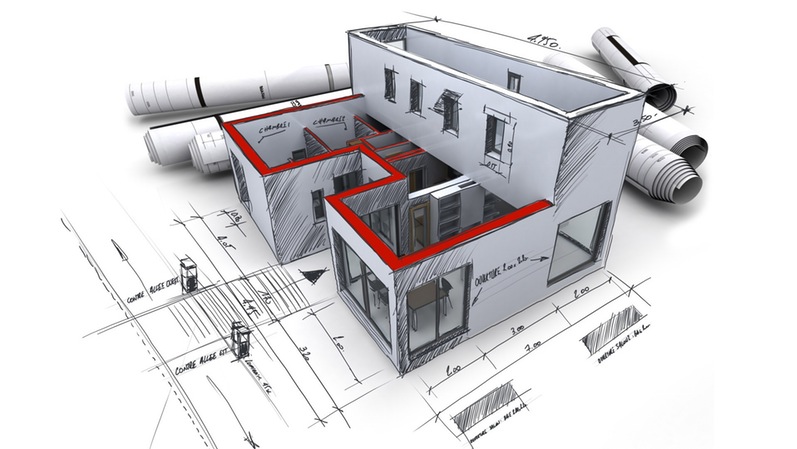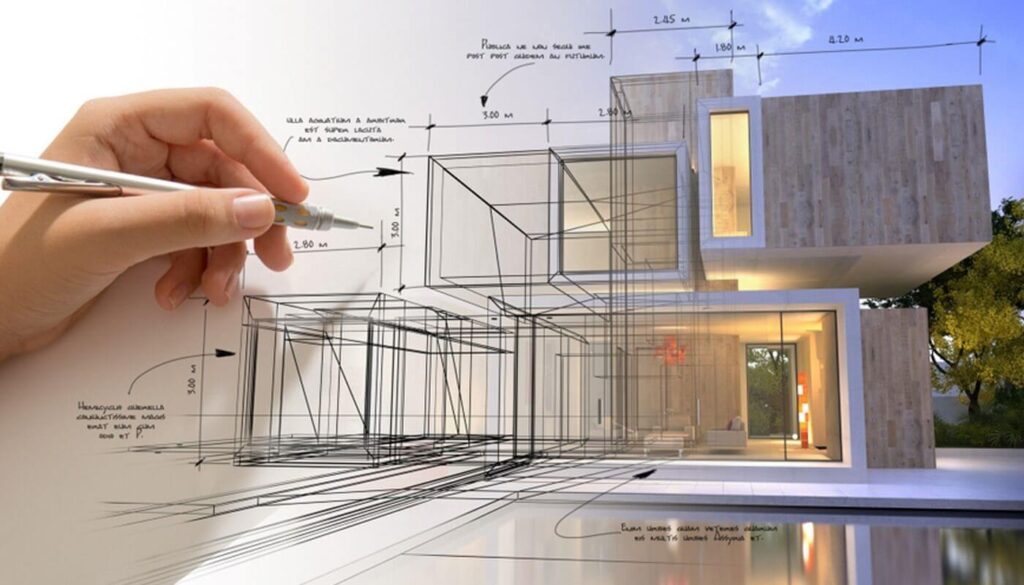How CDA Architects Integrate Eco-Friendly Practices in Architectural Projects
The Important Duty of a Designer in Forming Sustainable Urban Atmospheres for Future Generations
The function of a designer in crafting lasting city settings is significantly crucial in reacting to the challenges of environment modification and urbanization. By flawlessly incorporating ecological concepts into their layouts, engineers not just enhance the aesthetic and practical top quality of urban rooms but additionally address pressing concerns such as power effectiveness and social equity. Their expertise in ingenious materials and area interaction shapes growths that reverberate with local worths and goals. Nevertheless, as we explore the intricacies of this area further, it comes to be obvious that the future of city living may depend upon the actual methods engineers utilize today.

Understanding Lasting Urban Design
Lasting urban layout integrates environmental concepts with urban planning to develop atmospheres that are not just habitable however additionally durable. This strategy emphasizes the significance of integrating all-natural systems right into the metropolitan fabric, ensuring that growth satisfies the requirements of today without compromising the capacity of future generations to meet their own demands. Crucial element of lasting city layout consist of reliable land use, the promo of biodiversity, and the combination of eco-friendly rooms, every one of which add to improved high quality of life for citizens.
Furthermore, lasting metropolitan layout prioritizes the reduction of the metropolitan warm island result, improved air quality, and effective stormwater administration. It motivates using renewable energies and energy-efficient building techniques, which dramatically lower carbon impacts. Furthermore, sustainable metropolitan design promotes social equity by creating available public spaces and promoting mixed-use developments that accommodate diverse populations.
With thoughtful preparation and ingenious style strategies, sustainable city settings can boost community resilience versus environment modification while promoting financial advancement. This all natural technique not just addresses prompt urban challenges but likewise prepares for healthier, extra lasting cities for generations ahead.
Key Obligations of Engineers
Architects play a pivotal function in shaping sustainable city environments by translating layout principles right into concrete structures and areas. Their responsibilities incorporate a variety of activities that add to the total success of metropolitan style projects.
First and primary, architects perform complete site evaluations to recognize the environmental, social, and social context of their tasks. This foundational expertise educates their style decisions, making sure that buildings integrate with their surroundings. cda architects. They additionally involve in collaborative procedures with stakeholders, including city coordinators, designers, and the community, fostering a comprehensive method to urban development
In addition, designers are entrusted with creating designs that enhance energy efficiency, source conservation, and capability. They should stick to regional zoning legislations, developing codes, and sustainability certifications, ensuring compliance while pushing the borders of innovation.
Furthermore, engineers are responsible for taking care of the layout procedure, coordinating with various experts throughout the building and construction phase to guarantee that the vision is recognized properly. Ultimately, their duty is not solely about appearances; it has to do with developing durable, flexible rooms that enhance the lifestyle for existing and future generations, laying the groundwork for lasting urban living.
Ingenious Products and Techniques
In the pursuit of ecologically liable layout, ingenious materials and techniques have become important aspects in the creation of sustainable urban atmospheres. Engineers are increasingly utilizing materials that lessen environmental influence while enhancing power efficiency. Recycled materials, such as redeemed timber and repurposed metals, not just reduce waste yet additionally add unique visual top qualities to structures.
Additionally, innovations in innovation have actually resulted in the advancement of high-performance materials, such as shielded concrete kinds (ICFs) and photovoltaic or pv glass, which contribute to power conservation and his response harness renewable resource. cda architects. Techniques such as passive solar layout and green roofing systems even more exemplify how style can balance with natural systems, reducing reliance on synthetic cooling and heating
Moreover, the assimilation of smart products, which adapt to environmental modifications, provides promising opportunities for enhancing building efficiency. These products can react to temperature variations or wetness levels, optimizing comfort and sustainability.
Ultimately, the strategic option and application of cutting-edge products and strategies encourage designers to create urban areas that are not only functional and aesthetically pleasing yet also resilient and environmentally responsible, ensuring a sustainable future for generations to find.

Area Interaction and Collaboration
The success of ingenious products and strategies in sustainable metropolitan style is substantially enhanced by active community interaction and collaboration. Engineers must identify that the developed environment profoundly affects the lives of neighborhood citizens, making it vital to involve them in the design procedure. next page Involving the area fosters a sense of possession and liability, making certain that growths not just satisfy aesthetic and practical needs but likewise show the values and desires of those that occupy them.
Cooperation with varied stakeholders-- including local governments, ecological groups, and citizens-- allows engineers to collect useful understandings and comments. This inclusive strategy can result in even more lasting remedies that resolve particular area challenges, such as accessibility, eco-friendly rooms, and power efficiency. By assisting in workshops and public discussion forums, engineers can grow discussion and understanding, which ultimately improves the layout procedure.
Effective community interaction additionally helps in prioritizing social equity within city advancement. By taking into consideration the voices of marginalized populaces, designers can develop areas that are comprehensive and equitable. This way, community engagement and cooperation become important to accomplishing really lasting metropolitan environments that offer the needs of current and future generations.
Future Fads in Sustainable Style

In addition, advancements in modern technology are shaping future patterns in lasting architecture. The integration of smart materials and building systems permits for real-time power management, enhancing efficiency and lowering carbon impacts. Developments such as green roofing systems, living walls, and energy-generating exteriors are becoming standard practices, even more advertising environmental equilibrium within metropolitan settings.
In addition, a see this shift towards biophilic style is gaining traction, highlighting the link between nature and human well-being. By incorporating natural environments, designers develop spaces that foster psychological health and wellness while promoting biodiversity.
Verdict
In verdict, architects are pivotal in advancing sustainable urban environments via their expertise in style, cutting-edge materials, and neighborhood involvement. By prioritizing power efficiency and resource preservation, these professionals add to the production of durable urban areas that meet the needs of existing and future generations. The combination of eco-friendly concepts not only improves livability but additionally cultivates social equity, making certain growths resonate with the worths and goals of the neighborhoods they serve.